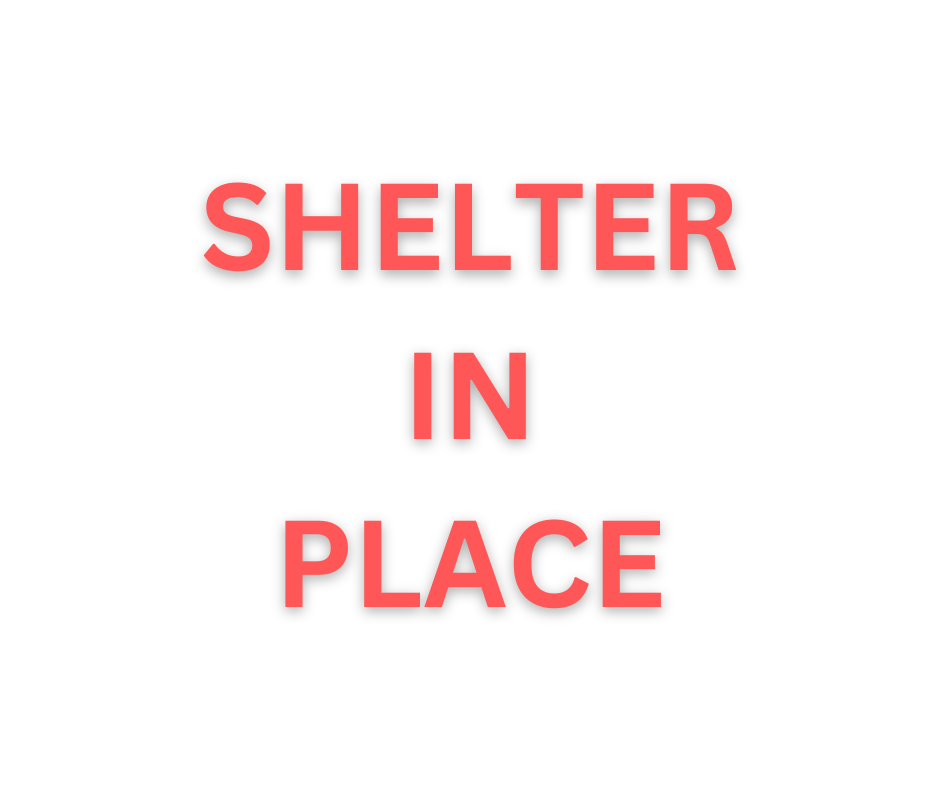
Evacuation
IF YOU ARE TOLD TO EVACUATE:
- If you don’t know what Zone and Sector you are in, refer to the Zone and Sector Map to determine if you are in a Sector that needs to Evacuate.
- Once you determine your Sector, refer to the Reception Centers and Evacuation Routes Chart to determine where you should go.
- Gather what you and your family will need. You may be away for a few days. Examples of items to take with you are:
- Medications and prescription drugs
- Toiletry items (toothbrush, comb, soap, etc.)
- Glasses and contact lens
- Baby supplies
- Foods required for special diets
- Extra clothing for several days
- Bedding for each family member (blanket, pillow, sleeping bag)
- Portable radio and extra batteries
- Flashlight and batteries
- Identification such as a driver’s license
- Important documents (insurance policies, deed, will, etc.)
- Cash, checkbook and credit cards
- Magazines, books, small games for children
- If you have household pets, leave your pet inside with enough food and water for several days. You may take your pet with you only if you do not plan to stay at a Mass Care Shelter. (Exception to this rule: Service animals for the disabled will be allowed in the Shelter.)
- Shelter your livestock, especially dairy animals. Leave enough water and feed for several days.
- Shut down your home.
- Turn off and unplug all appliances, except for your refrigerator and freezer.
- Turn off lights and water faucets.
- Turn off gas to your home.
- Tie a white cloth on the front of your home so that it is clearly visible (front doorknob, mailbox, etc.). This lets emergency workers know that you have left the area safely.
- Lock all doors and windows.
- Check with your neighbors to be sure they are aware of the evacuation order.
- Listen to a local radio station in your vehicle so that you will be aware of additional information that may be given.
- Keep car windows and vents closed and the air conditioner and heater off.
- Follow the Evacuation Route Signs to your Reception Center. It is very important that you go to the Reception Center to register.





